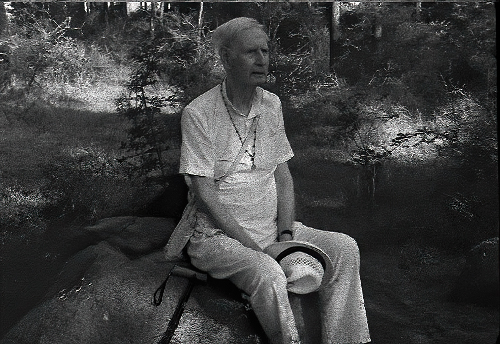by Prof. Phillip Charles Lucas
<Read Part 6>
Theme Four: Shortcomings of the Satsang Format
A fourth theme of the TMA criticisms focuses on the shortcomings of the satsang format itself. The usual format of the NTMA satsang begins with a period of quiet reflection followed by mantra invocations/chanting and questions and answers from attendees. Some participants approach the raised platform where the teacher is seated and enter into an intimate dialogue with the teacher. As Frisk observes in her study of the Satsang Network, there is sometimes an element of entertainment and laughter in these events, often focused on questioners and their interactions with the teacher. [Frisk, “The Satsang Network,” 67.]
Music and dance also can be part of the program, although this was rare in my fieldwork experiences. The satsang format is well suited to North American seekers, who have been conditioned to the public confessional approach found on daytime talk shows such as Oprah and Dr. Phil and who may expect personal attention or “therapy” along with spiritual instruction from their teachers. TMA proponents question the core motivations of attendees and allege that many of them are simply seeking self-empowerment, “self-help,” and an ephemeral experience of spiritual community rather than serious engagement in the arduous task of ego transcendence.
Continue reading
